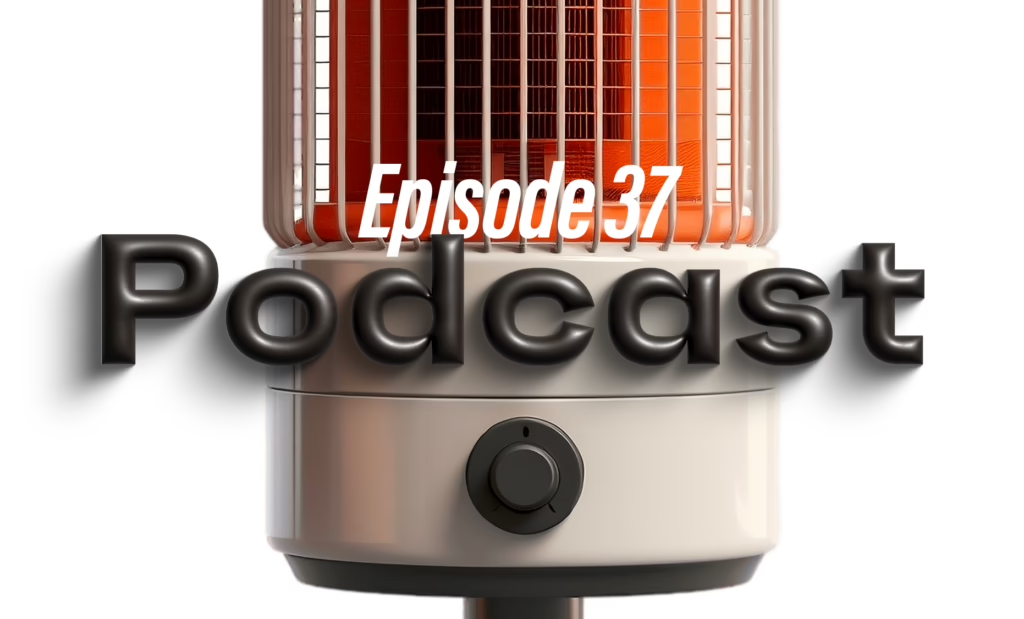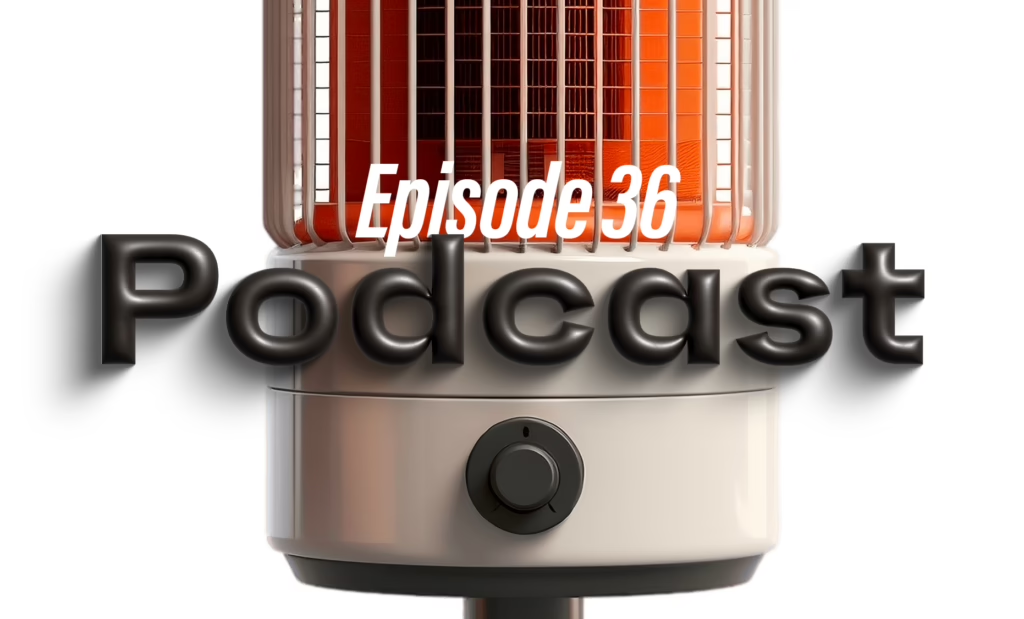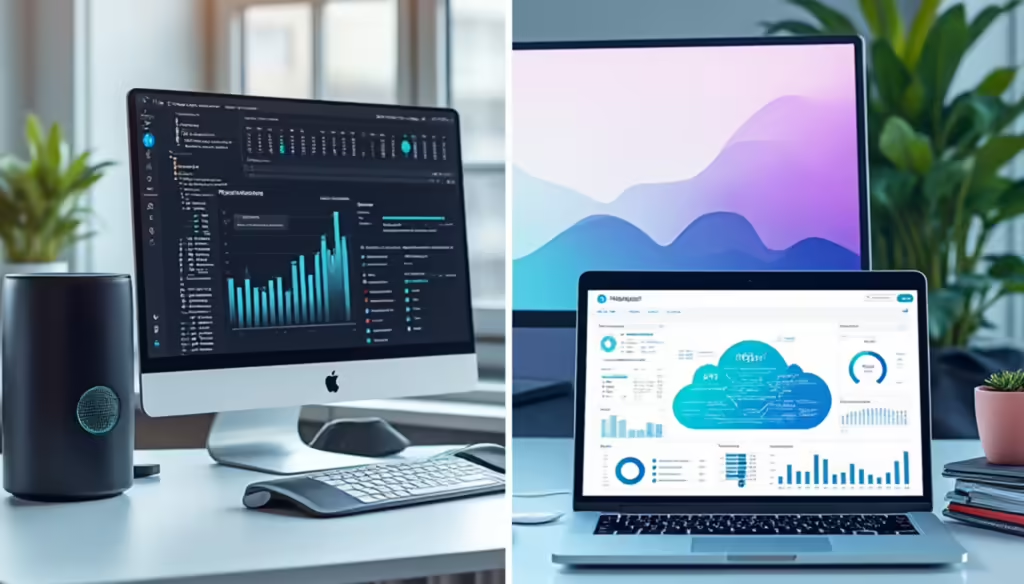With Laurier Mandin, Bryn Griffiths and Andreas Schwabe
Episode 1 of Product: Knowledge is an introduction to Product Marketing, which is much more than regular marketing, adjusted for products. Graphos specializes in Product Marketing — which takes businesses from product development and market research through to consumer engagement and growth. Host Bryn Griffiths talks with Laurier Mandin, President and Principal Consultant of Graphos, and Andreas Schwabe, Graphos’ director of Media Services to talk about what the new podcast series will cover. Get in on the ground floor of Product Marketing with Product: Knowledge.





